Category: ERC
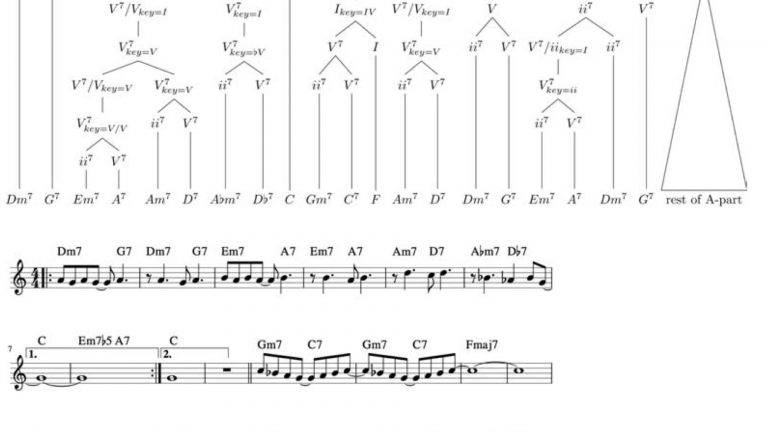
A grammar theory of Jazz harmony
The regularities underlying the structure building of chord sequences, harmonic phrases, and combinations of phrases constitute a central research problem in music theory. This article proposes a formalization of Jazz harmony with a generative framework based on formal grammars, in which syntactic structure tightly corresponds with the functional interpretation of the sequence. It assumes that (…)
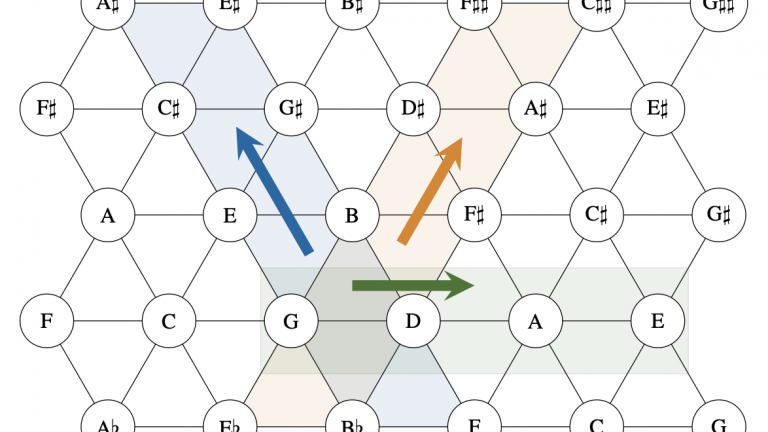
A Formal Model of Extended Tonality
Extended tonality is a central system that characterizes the music from the 19th up to the 21st century, including styles like popular music, film music or Jazz. Developing from classical major-minor tonality, the harmonic language of extended tonality forms its own set of rules and regularities, which are a result of the freer combinatoriality of (…)
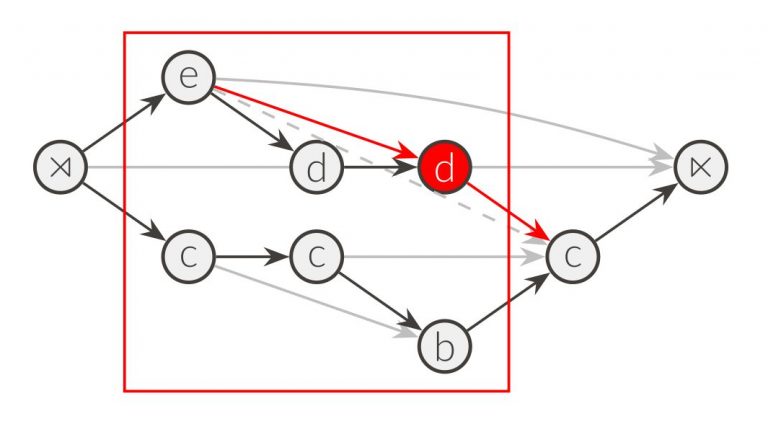
Protovoices – a New Model of Free Polyphony
At this year’s ISMIR Conference, we presented our work on protovoices. Protovoices address the problem of how the notes are organized in a piece of music written in free polyphony. Free polyphony means that the notes are neither organized in a fixed set of voices (as in a chorale or a fugue) nor in simple (…)
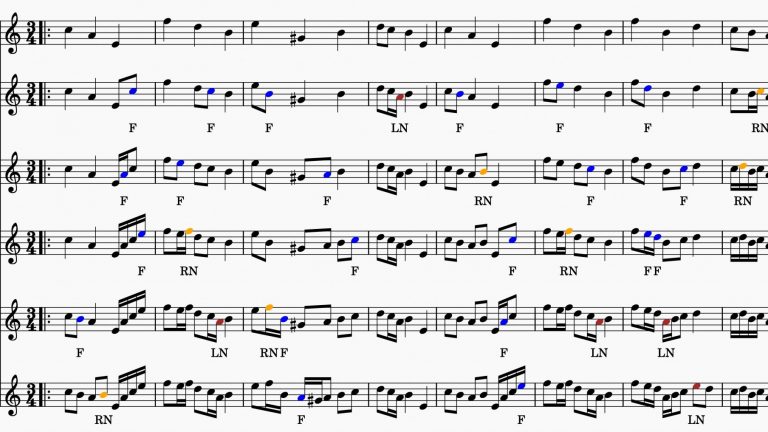
DCML submission to the AI Music Challenge 2021
We recently submitted a model to the AI Music Generation Challenge 2021. The task in this competition is to build a system that generates idiomatic slängpolska – a traditional dance form from Scandinavia. Our main focus is to develop a generative model that provides a high amount of control to the user. The user can specify (…)
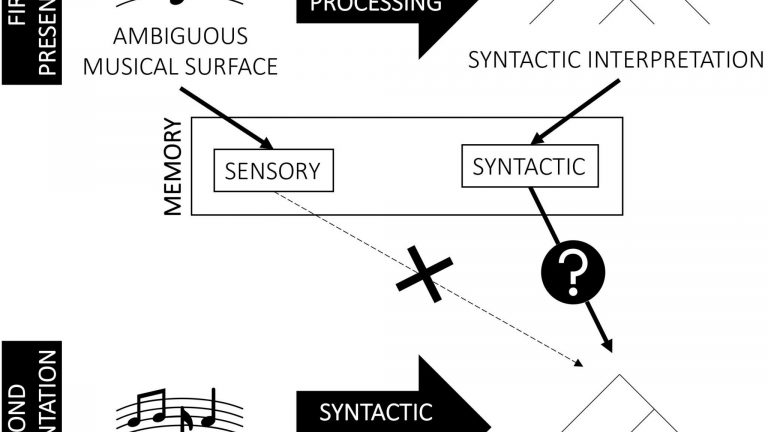
Musical syntactic structure improves memory for melody
When we hear a linguistic sentence, we know that we form a mental representation of the structure of that sentence because we can determine what words refer to what other words. Do listeners form a mental representation of musical structure during listening? Answering this question is challenging because, differently from the linguistic case, it is (…)
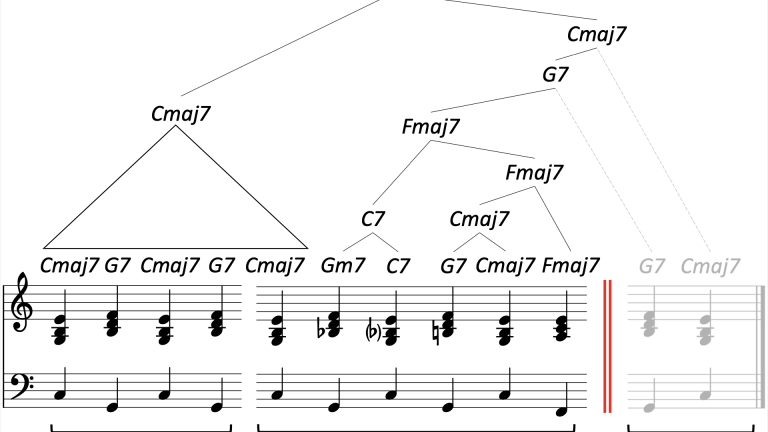
Hierarchical syntactic structure predicts listeners’ sequence completion in music
Studies in psycho-linguistics have provided compelling evidence that theoretical syntactic structures have cognitive correlates that inform and influence language perception. Generative grammar models also present a principled way to represent a plethora of hierarchical structures outside the domain of language. Hierarchical aspects of musical structure, in particular, are often described through grammar models. Whether such (…)
Hierarchical Annotation of MEI-encoded Sheet Music
This is an online version of the poster presenting the DCML Reductive Annotation App at ISMIR 2020 Late-Breaking Demo track. What is it? A webapp for analysing scores Analysis is seen as relating notes to each other in different levels of significance in a specific type of relation Analysis is interaction with score Analysis does (…)
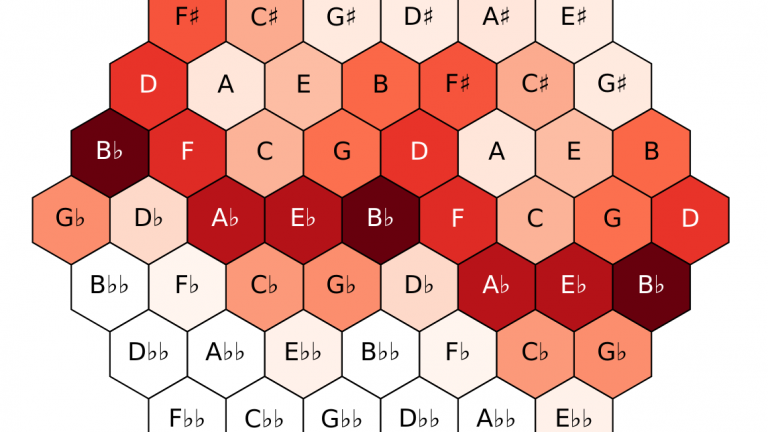
A computational model for note distributions in musical pieces
The goal of music theory is to describe and explain underlying structure in musical compositions in systematic and consistent ways. For centuries, theorists have written e. g. about different tuning systems, compositional rules for combining notes, and the formal arrangement within musical pieces. In the 19th century, a heated debate took place of how to (…)
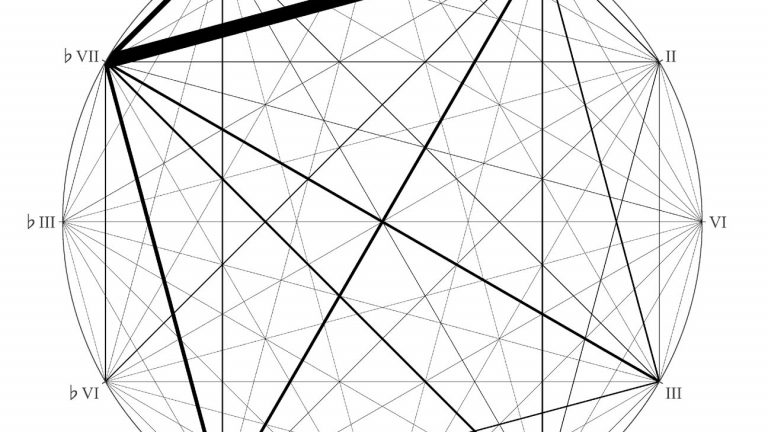
Empirical studies on functional harmony
As part of EPFL’s 2019 Open Days the DCML made available to the public an experiment to investigate the perceptual reality of long-term dependencies, which are predicted by the syntactic model of tonal harmony, and functional equivalences, which are predicted by music-theoretical accounts of tonal harmony (Riemannian functions, Octatonic equivalence classes) and complement the syntactic (…)
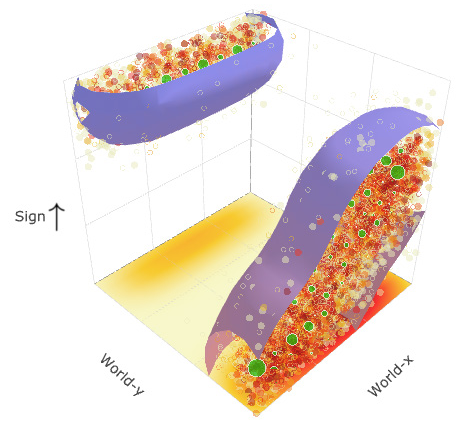
Discretisation and Continuity: The Emergence of Symbols in Communication
Continuing our studies on the Evolution of communication and music (see last weeks blog), we were able to observe the emergence of discrete symbols in simulated communications between two participants.